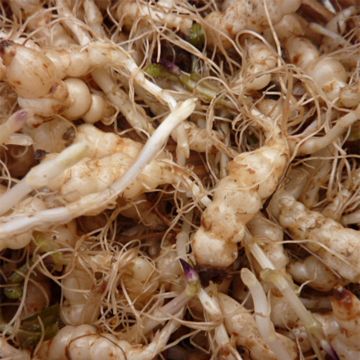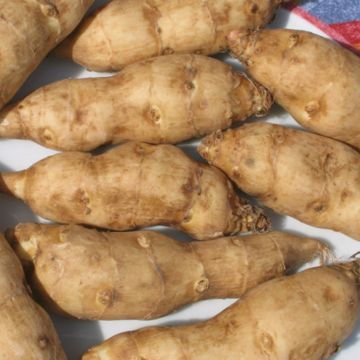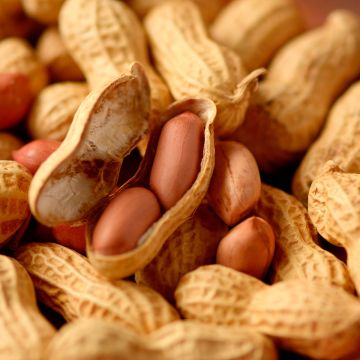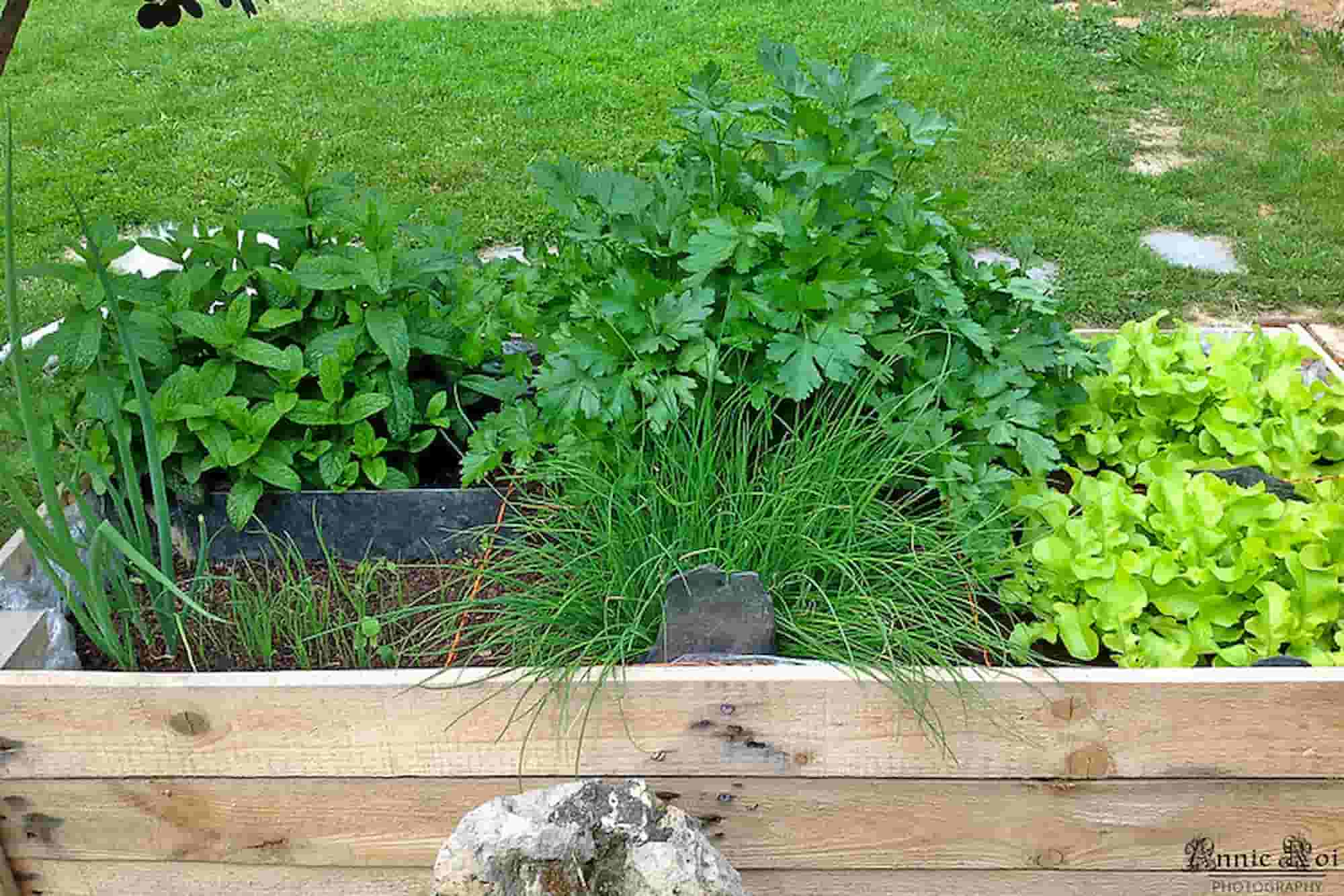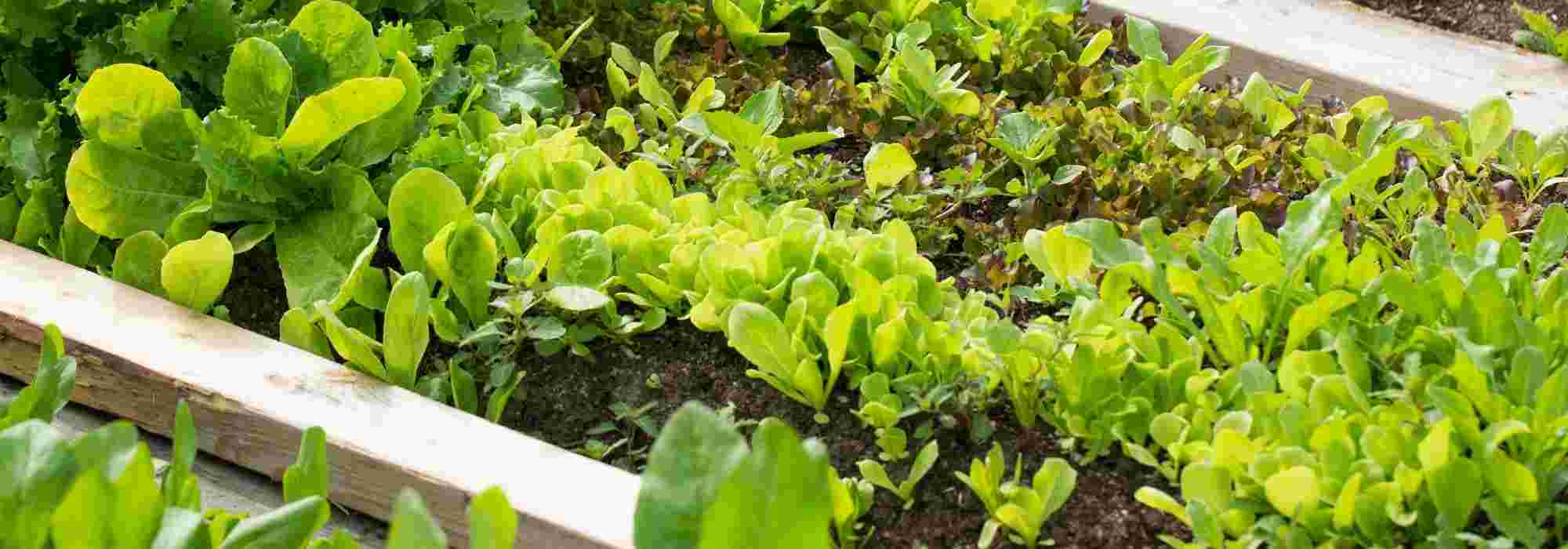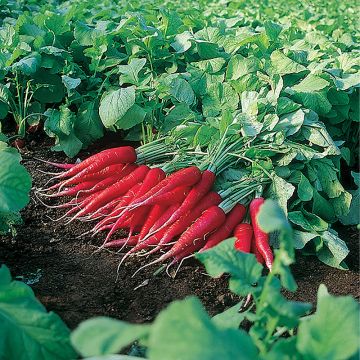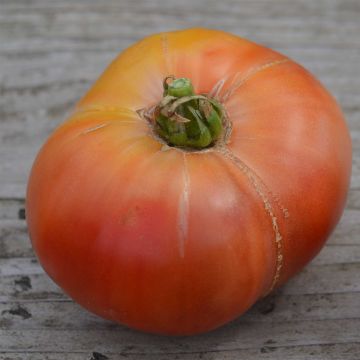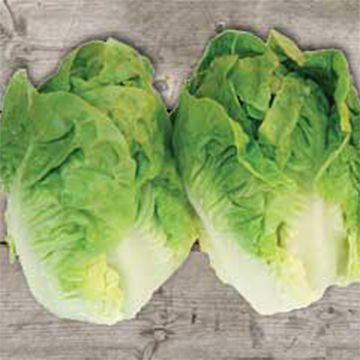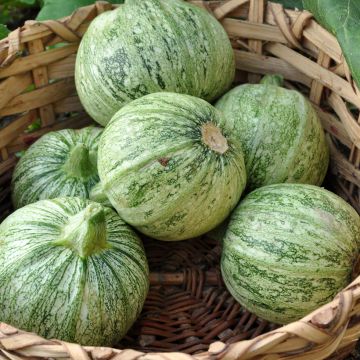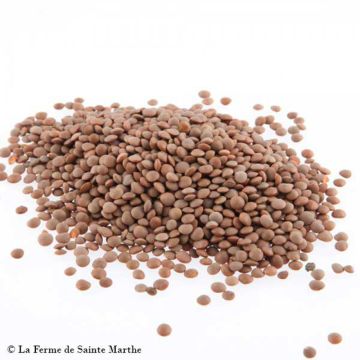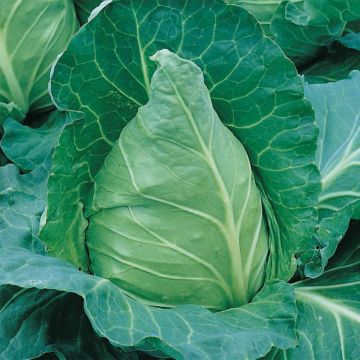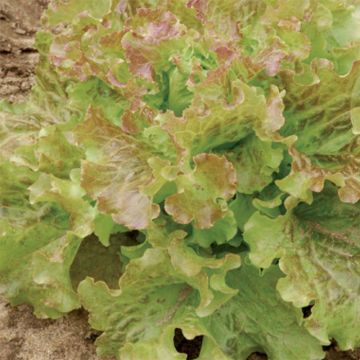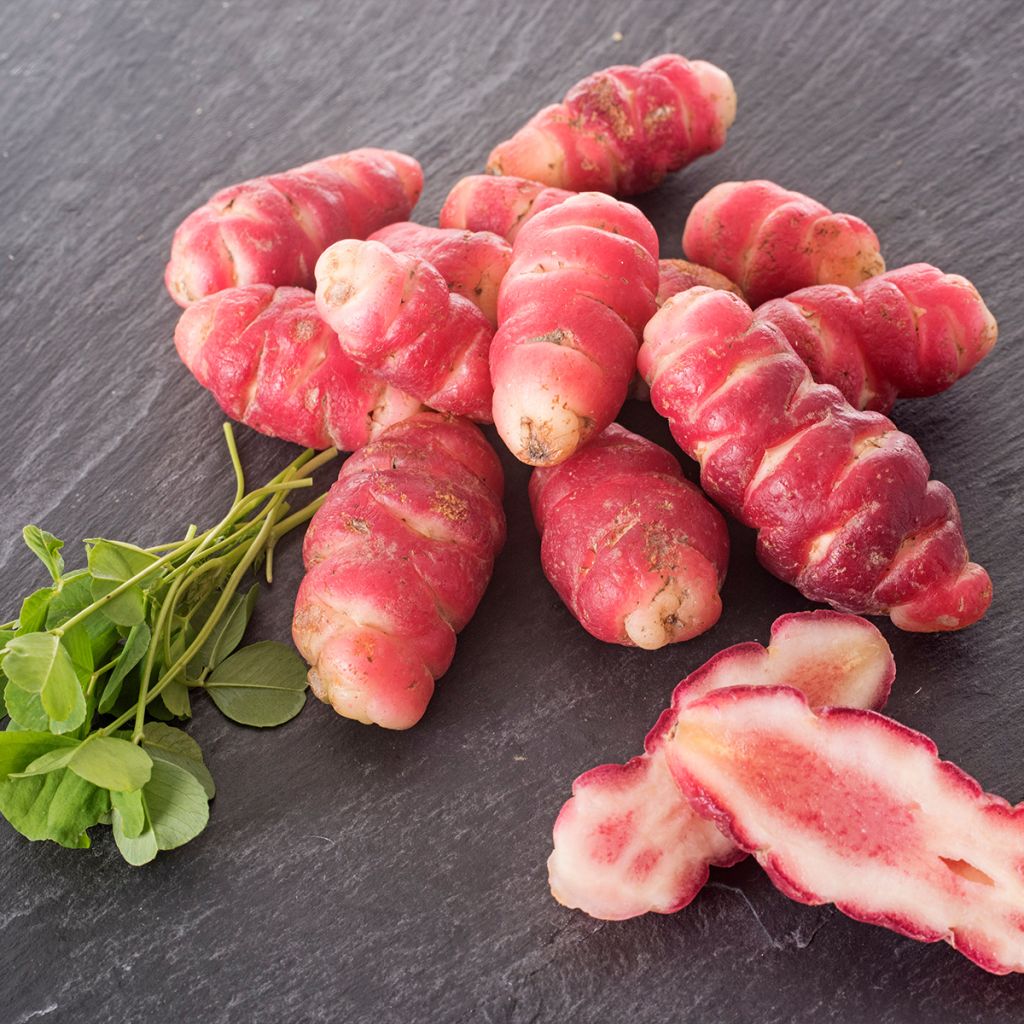

Oxalis tuberosa
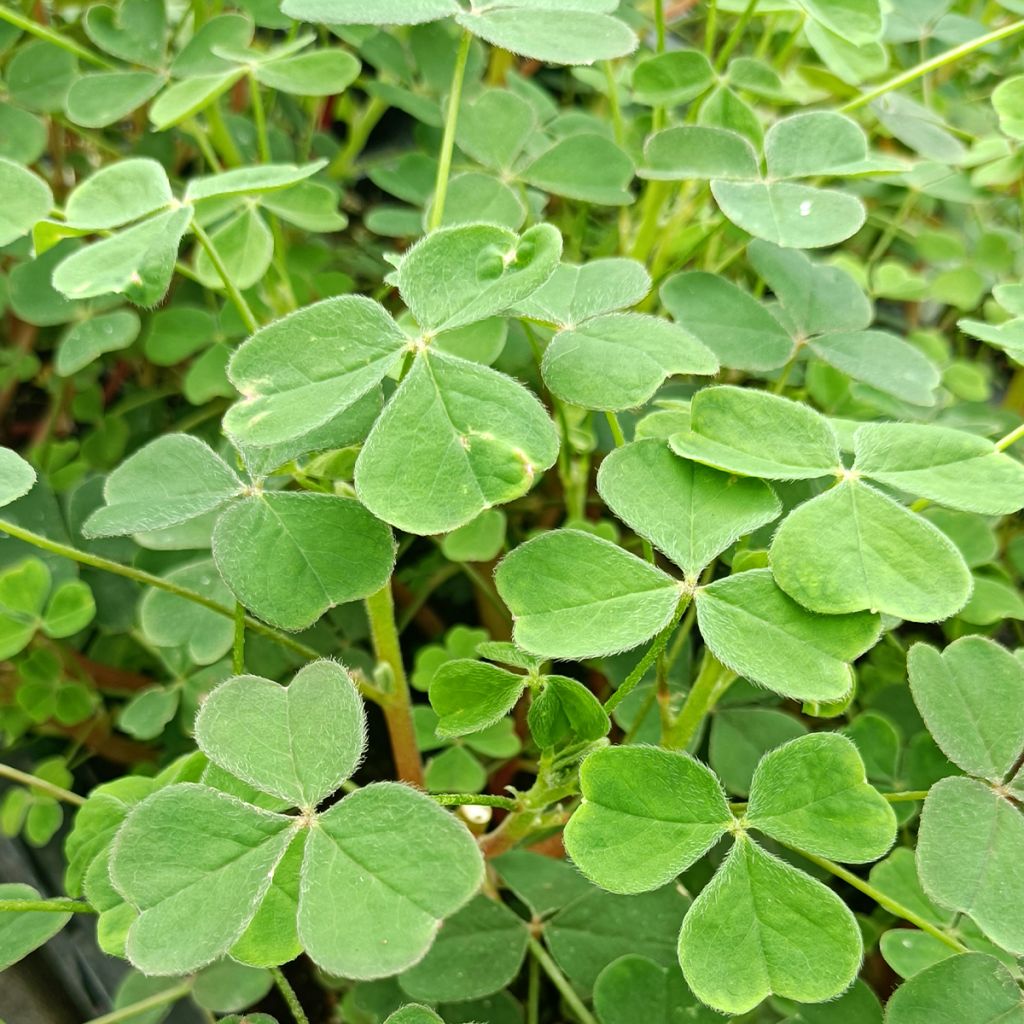

Oxalis tuberosa
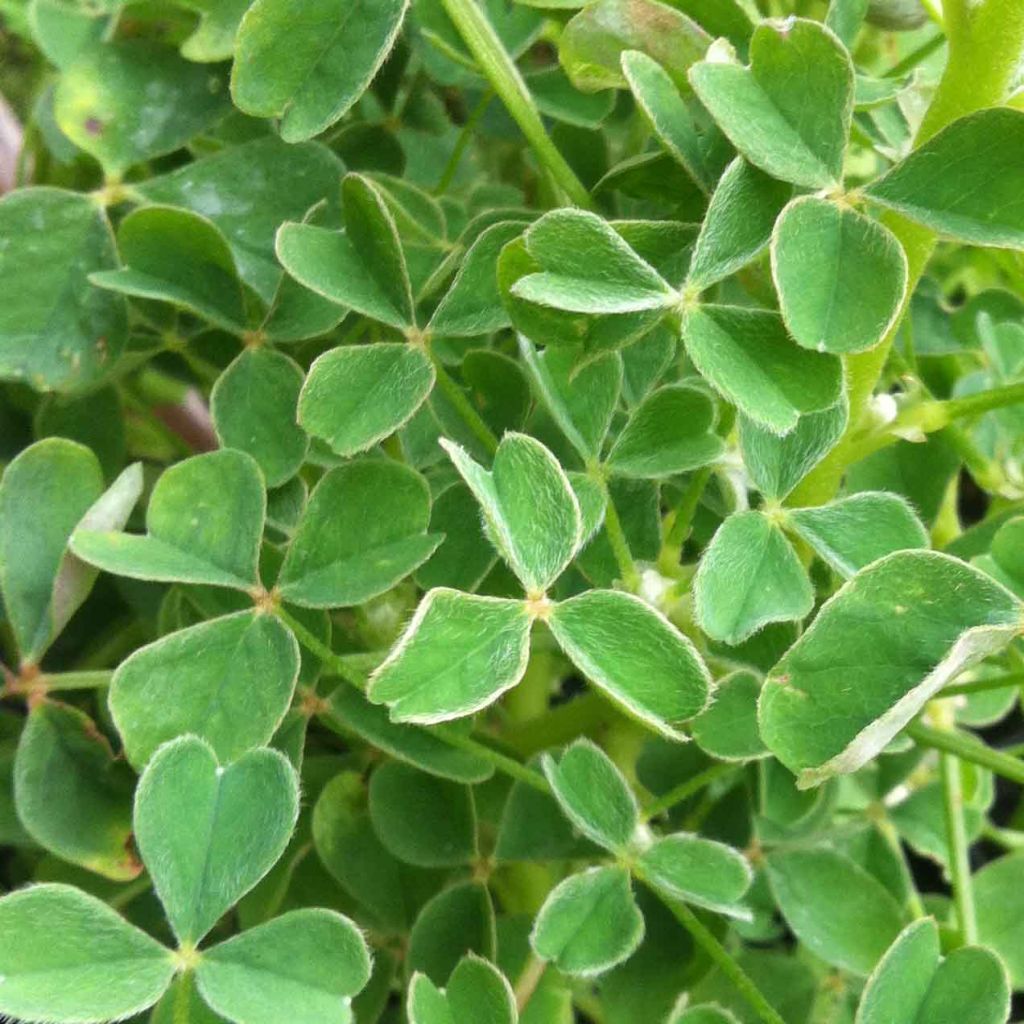

Oxalis tuberosa
Oxalis tuberosa
Oxalis tuberosa
Oca, New Zealand yam, Yam oca
Special offer!
Receive a €20 voucher for any order over €90 (excluding delivery costs, credit notes, and plastic-free options)!
1- Add your favorite plants to your cart.
2- Once you have reached €90, confirm your order (you can even choose the delivery date!).
3- As soon as your order is shipped, you will receive an email containing your voucher code, valid for 3 months (90 days).
Your voucher is unique and can only be used once, for any order with a minimum value of €20, excluding delivery costs.
Can be combined with other current offers, non-divisible and non-refundable.
Home or relay delivery (depending on size and destination)
Schedule delivery date,
and select date in basket
This plant carries a 6 months recovery warranty
More information
We guarantee the quality of our plants for a full growing cycle, and will replace at our expense any plant that fails to recover under normal climatic and planting conditions.
Description
The Peruvian Oca, sometimes called acid truffle, is cultivated for its small swollen tubers, which have a flavor reminiscent of potatoes and sorrel. Their color ranges from yellow to red. Plant the tubers in a warm place in April or directly in the ground in May. Harvesting can begin from mid-November.
The Peruvian Oca is a small swollen tuber with smooth skin, ranging in color from yellow to red. Despite its low yield, oca is interesting to grow to add a touch of originality to your vegetable garden and your plate. Its melting texture and slightly acidic taste resemble both potatoes and sorrel. Oca is consumed cooked but does not need to be peeled. It can be prepared like potatoes, mashed, fried or sautéed. The leaves are also edible and can be consumed in salads. Oca is rich in starch.
Planting is done with tubers, in a warm place in April or directly in the ground in May. The plant is bushy, with foliage similar to that of clover.
Harvesting: Ocas are harvested when the foliage has disappeared, starting from mid-November. Gently dig up the tubers with a garden fork as needed. Let them dry in the sun and in a dry place for a few days to reduce acidity. The harvest can continue even with light frost, but it should be completed before severe cold sets in. If you want to consume the leaves, pick them green as needed.
Storage: Oca can be stored like potatoes, in a cool and shady place. You can store the tubers for a few months, in a cellar or in a dry sand-filled silo.
The gardener's little trick: 2 tips to reduce the acidity of ocas:
- after harvesting, expose the tubers to the sun for a week
- when cooking, change the cooking water at least twice
Report an error about the product description
Oxalis tuberosa in pictures
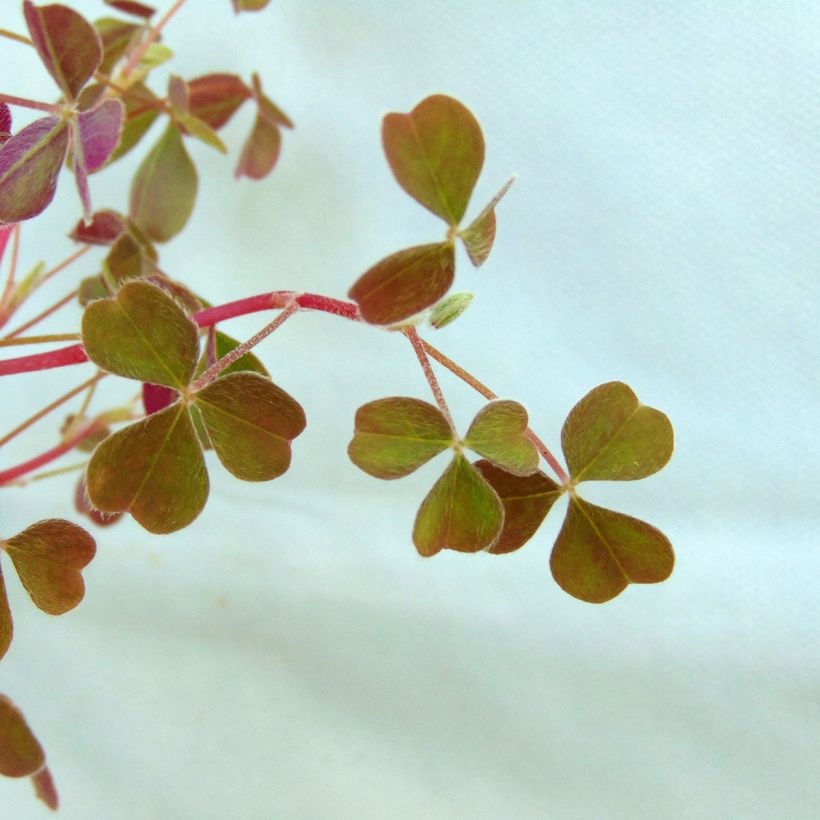

Harvest
Plant habit
Foliage
Other Traditional, unusual, exotic vegetable tubers
View all →Planting and care
The vine-plant appreciates deep, rich, and well-drained soils. Choose a sunny or partially shaded location. Loosen the soil and add well-rotted compost in the previous autumn. Planting the vine-plant is done from tubers, either in a warm shelter in April or directly in the ground from May, when the risk of frost is no longer a concern.
Planting in the ground: The vine-plant is planted at a depth of 35 cm (14in) in rows, with 70 cm (28in) between rows. Plant the tuber, sprout facing upwards, at a depth of 5 cm (2in). Cover with fine soil and lightly firm. Water thoroughly.
Planting in a warm shelter: Plant one tuber per bucket. Transplant into the ground around mid-May, when the risk of frost has passed.
To increase production, regularly mound soil around the aerial stems. However, make sure to leave the tip (20 to 30 cm (8 to 12in)) above ground. Indeed, the vine-plant is a short-day plant and the tubers form in late September on the stems, not at the root level. By covering the stems, you will promote tuber development at the stem nodes.
Water moderately, mainly in case of drought. In autumn, protect the plants with winter fleece, mulch, or a tunnel.
Cultivation
Care
Intended location
Planting & care advice
-
, onOrder confirmed
Reply from on Promesse de fleurs
Similar products
Haven't found what you were looking for?
Hardiness is the lowest winter temperature a plant can endure without suffering serious damage or even dying. However, hardiness is affected by location (a sheltered area, such as a patio), protection (winter cover) and soil type (hardiness is improved by well-drained soil).

Photo Sharing Terms & Conditions
In order to encourage gardeners to interact and share their experiences, Promesse de fleurs offers various media enabling content to be uploaded onto its Site - in particular via the ‘Photo sharing’ module.
The User agrees to refrain from:
- Posting any content that is illegal, prejudicial, insulting, racist, inciteful to hatred, revisionist, contrary to public decency, that infringes on privacy or on the privacy rights of third parties, in particular the publicity rights of persons and goods, intellectual property rights, or the right to privacy.
- Submitting content on behalf of a third party;
- Impersonate the identity of a third party and/or publish any personal information about a third party;
In general, the User undertakes to refrain from any unethical behaviour.
All Content (in particular text, comments, files, images, photos, videos, creative works, etc.), which may be subject to property or intellectual property rights, image or other private rights, shall remain the property of the User, subject to the limited rights granted by the terms of the licence granted by Promesse de fleurs as stated below. Users are at liberty to publish or not to publish such Content on the Site, notably via the ‘Photo Sharing’ facility, and accept that this Content shall be made public and freely accessible, notably on the Internet.
Users further acknowledge, undertake to have ,and guarantee that they hold all necessary rights and permissions to publish such material on the Site, in particular with regard to the legislation in force pertaining to any privacy, property, intellectual property, image, or contractual rights, or rights of any other nature. By publishing such Content on the Site, Users acknowledge accepting full liability as publishers of the Content within the meaning of the law, and grant Promesse de fleurs, free of charge, an inclusive, worldwide licence for the said Content for the entire duration of its publication, including all reproduction, representation, up/downloading, displaying, performing, transmission, and storage rights.
Users also grant permission for their name to be linked to the Content and accept that this link may not always be made available.
By engaging in posting material, Users consent to their Content becoming automatically accessible on the Internet, in particular on other sites and/or blogs and/or web pages of the Promesse de fleurs site, including in particular social pages and the Promesse de fleurs catalogue.
Users may secure the removal of entrusted content free of charge by issuing a simple request via our contact form.
The flowering period indicated on our website applies to countries and regions located in USDA zone 8 (France, the United Kingdom, Ireland, the Netherlands, etc.)
It will vary according to where you live:
- In zones 9 to 10 (Italy, Spain, Greece, etc.), flowering will occur about 2 to 4 weeks earlier.
- In zones 6 to 7 (Germany, Poland, Slovenia, and lower mountainous regions), flowering will be delayed by 2 to 3 weeks.
- In zone 5 (Central Europe, Scandinavia), blooming will be delayed by 3 to 5 weeks.
In temperate climates, pruning of spring-flowering shrubs (forsythia, spireas, etc.) should be done just after flowering.
Pruning of summer-flowering shrubs (Indian Lilac, Perovskia, etc.) can be done in winter or spring.
In cold regions as well as with frost-sensitive plants, avoid pruning too early when severe frosts may still occur.
The planting period indicated on our website applies to countries and regions located in USDA zone 8 (France, United Kingdom, Ireland, Netherlands).
It will vary according to where you live:
- In Mediterranean zones (Marseille, Madrid, Milan, etc.), autumn and winter are the best planting periods.
- In continental zones (Strasbourg, Munich, Vienna, etc.), delay planting by 2 to 3 weeks in spring and bring it forward by 2 to 4 weeks in autumn.
- In mountainous regions (the Alps, Pyrenees, Carpathians, etc.), it is best to plant in late spring (May-June) or late summer (August-September).
The harvesting period indicated on our website applies to countries and regions in USDA zone 8 (France, England, Ireland, the Netherlands).
In colder areas (Scandinavia, Poland, Austria...) fruit and vegetable harvests are likely to be delayed by 3-4 weeks.
In warmer areas (Italy, Spain, Greece, etc.), harvesting will probably take place earlier, depending on weather conditions.
The sowing periods indicated on our website apply to countries and regions within USDA Zone 8 (France, UK, Ireland, Netherlands).
In colder areas (Scandinavia, Poland, Austria...), delay any outdoor sowing by 3-4 weeks, or sow under glass.
In warmer climes (Italy, Spain, Greece, etc.), bring outdoor sowing forward by a few weeks.






























